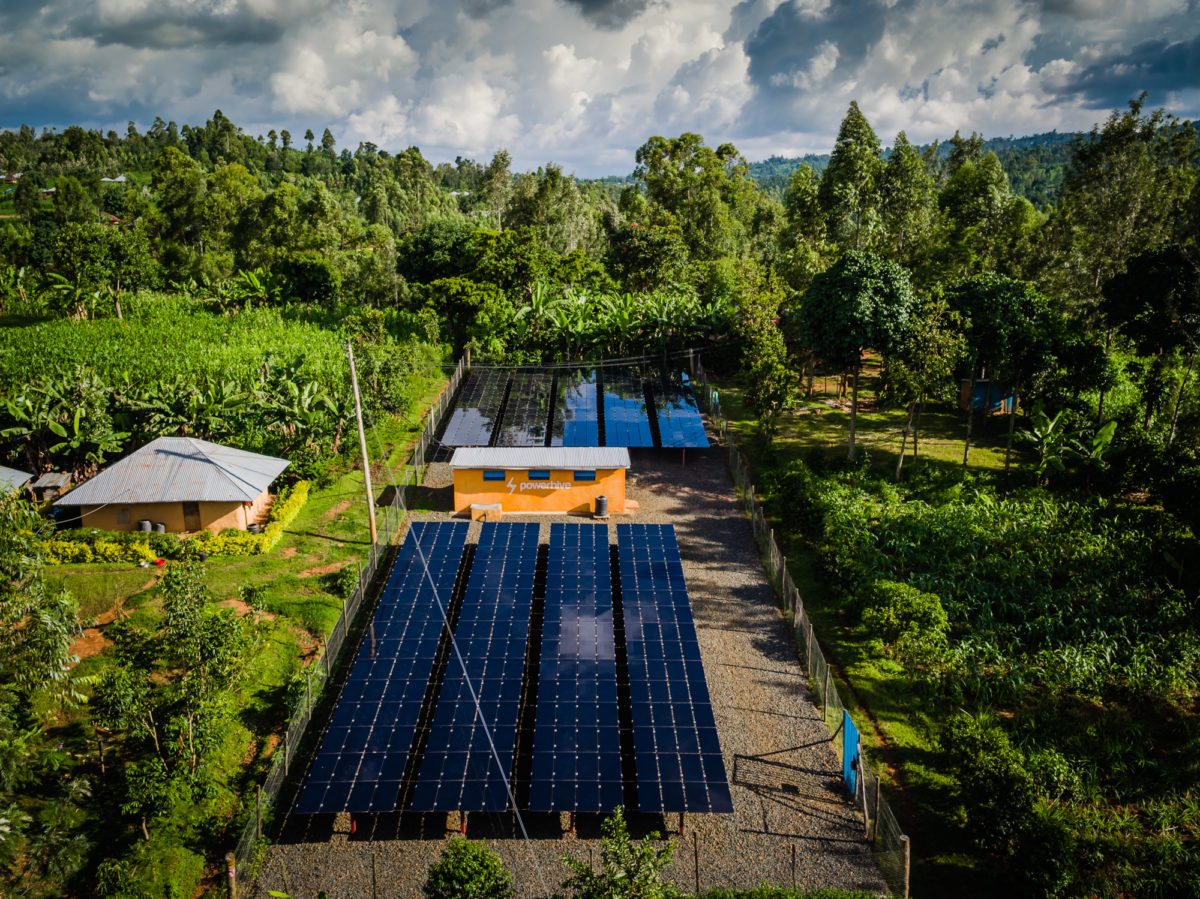Solar power may still be the darling of clean energy investment according to the latest snapshot of global energy investment published by the International Energy Agency (IEA), but the shadow of China looms large.
With the latest iteration of its World Energy Investment report focusing on the critical role governments must play to achieve a clean energy transition, the IEA study notes 45% of 2017's record investment in solar was concentrated in China, and warns: “Recent policy changes seeking to promote more cost-effective solar PV in China raise the risk of a continued slowdown in renewables investment even as prospects remain strong in other markets.”
Solar's continued success story was in part accounted for by economies in scale illustrated by the fact the size of PV projects installed rose by a factor of 4.5 since 2012, but also by continued price falls which saw the unit cost of solar – which accounted for a record 8% of total energy investment worldwide – fall almost 15% thanks to lower module prices and a move into lower cost regions.
The report's authors contrast the fact the world's biggest energy investor last year – China – is backing low carbon energy even as the U.S. bets on shale gas, with Europe accounting for 15% of the world spend and seeing small rises in energy efficiency and renewables. India saw energy investment in renewables trump fossil fuel expenditure for the first time, although a report published today raises question marks on the quality of returns on that investment and the imposition of safeguarding duties may retard progress.
Governments drive EV take-up
Rising investment in low carbon transport was another indicator of the importance of government intervention, with purchase incentive schemes driving 24% of electric vehicle take-up, and the report points out exponential rises in customer EV purchases and in building energy efficiency, ventilation and air conditioning investment, are still barely denting more traditional technology in these sectors.
Energy efficiency too, echoes the IEA's appeal to politicians worldwide, with the report stating: “Overall, investment in energy efficiency is closely linked to government policies, and there is room to tighten standards and encourage higher spending.”
The determination of utilities to invest in grids suitable to incorporate small-scale generation as well as smart devices, saw investment in power grids rise to 40% of power sector energy investment, the highest level for ten years, although the funding pumped into stationary battery storage fell almost 10% to $2 billion. On a related issue, the IEA says governments – again – must incentivise investment at all levels of the battery supply chain, to avoid bottlenecks and supply risks.
Although only a small segment at present, the IEA noted a significant rise in investment in electrolyzers to make hydrogen for clean energy use.
And there was more encouraging news on the R&D front with global government investment rising to around 8% of the total worldwide energy spend – around $27 billion – after several years of stagnation.
The significantly more than a million-dollar question now is how much the change of policy in China – and related, anticipated global PV oversupply glut – will make its mark on this year's figures, and next year's report.
This content is protected by copyright and may not be reused. If you want to cooperate with us and would like to reuse some of our content, please contact: editors@pv-magazine.com.




1 comment
By submitting this form you agree to pv magazine using your data for the purposes of publishing your comment.
Your personal data will only be disclosed or otherwise transmitted to third parties for the purposes of spam filtering or if this is necessary for technical maintenance of the website. Any other transfer to third parties will not take place unless this is justified on the basis of applicable data protection regulations or if pv magazine is legally obliged to do so.
You may revoke this consent at any time with effect for the future, in which case your personal data will be deleted immediately. Otherwise, your data will be deleted if pv magazine has processed your request or the purpose of data storage is fulfilled.
Further information on data privacy can be found in our Data Protection Policy.